One thing that defines humans as a species is our burial rituals. We have very meticulous, ceremonial ways of dealing with our dead.
These rituals can vary from culture to culture, but with some similarities between ancient cultures and our own contemporary burial rituals. One mass grave excavated in Norway, however, has baffled archaeologists.
An Accidental Discovery
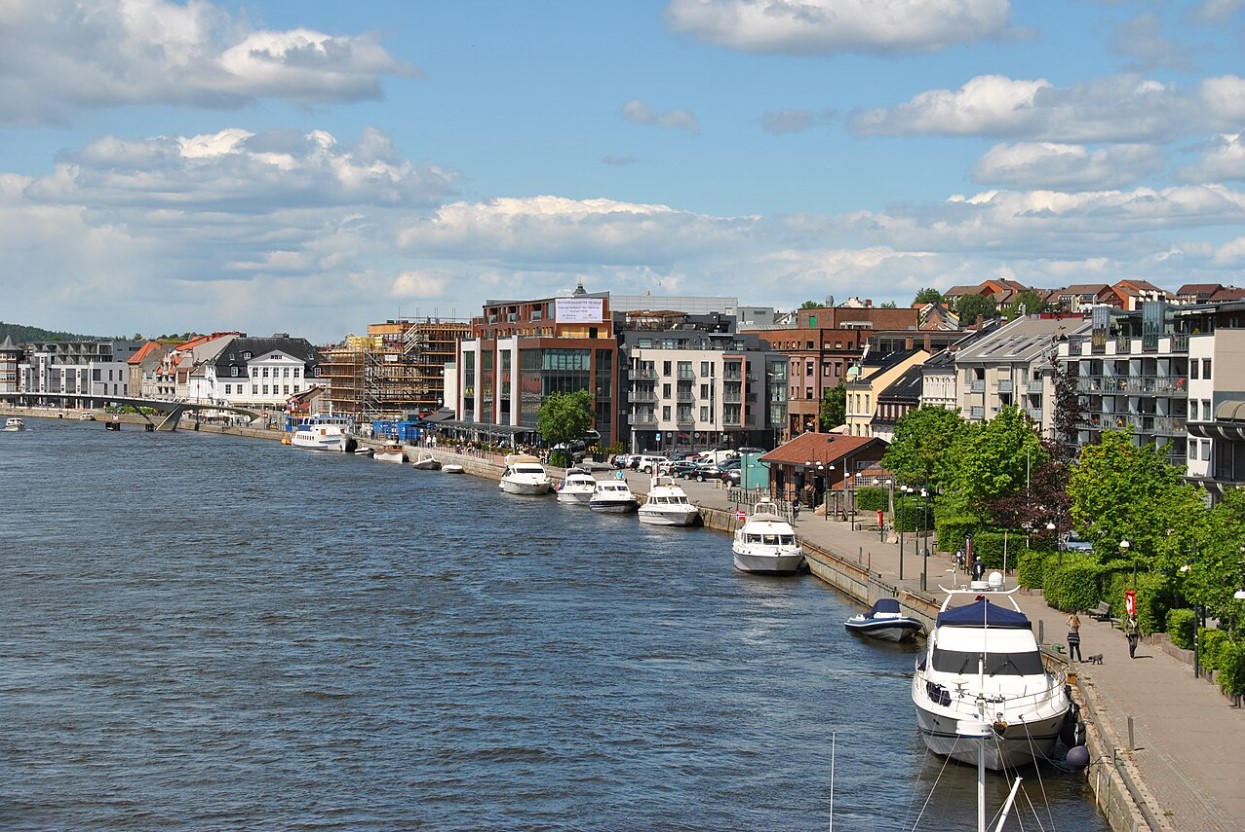
A team of scientists from Norway’s Museum of Cultural History has uncovered a mysterious burial site.
The burial ground was discovered by accident after investigating a nearby Stone Age settlement. It was found about 50 miles south of Oslo near Fredrikstad, close to the Swedish border.
Stone Circles

The burial site consisted of dozens of circles of flat stones, and each circle of stones marked a separate grave.
“They’ve lain here as a secret until we found them,” says museum archaeologist Guro Fossum. “We uncovered one after another and ended up with 41 round stone formations.” The more the stone circles were investigated, the more mysterious they became.
An Extensive Formation
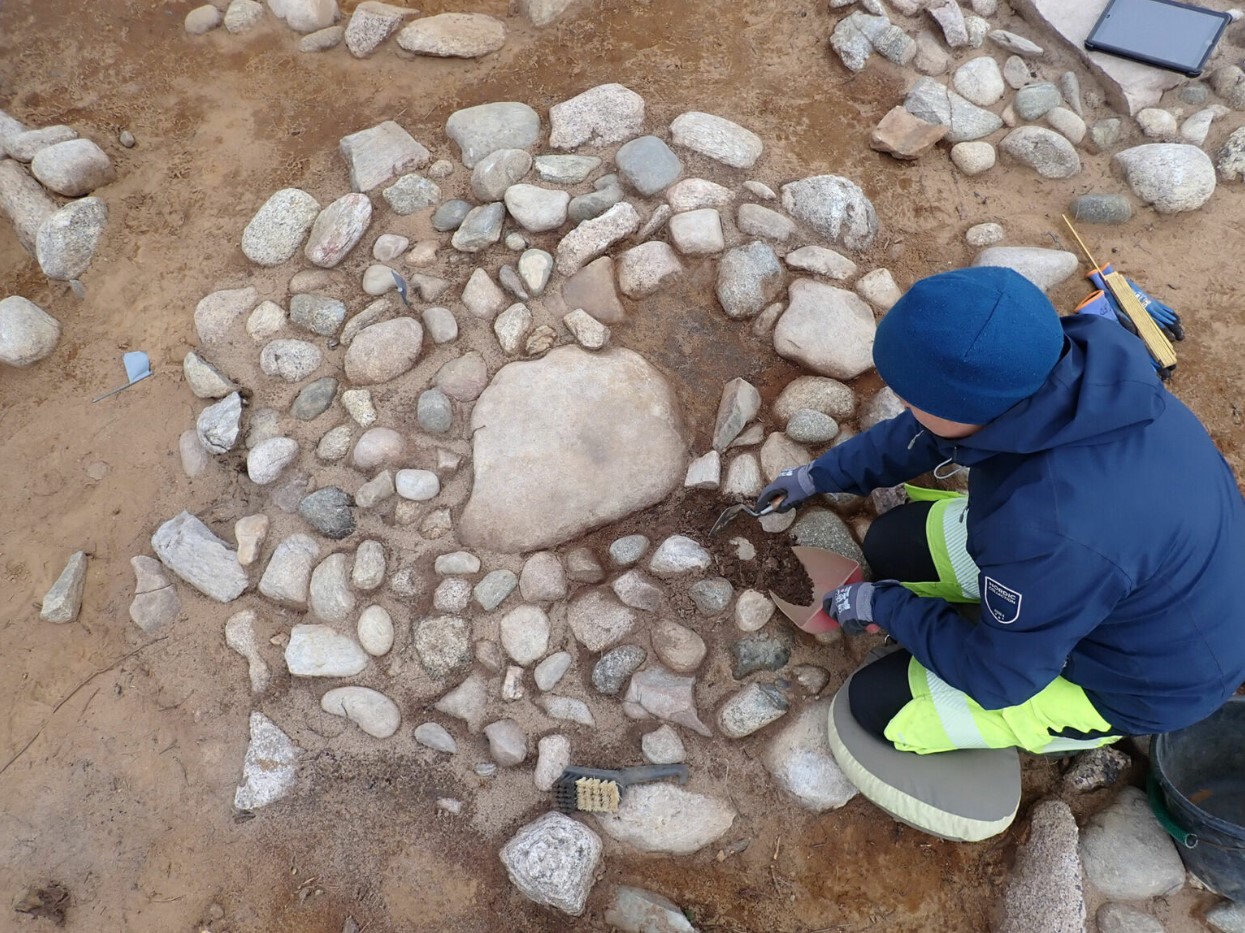
The circles of stone measured up to six feet across and were placed together much like street cobblestones, except buried a few inches below the surface.
A number of circles were placed around a large, central stone. Further investigation of the area revealed that there were pottery shards under the stones, along with something else.
Cremated Remains
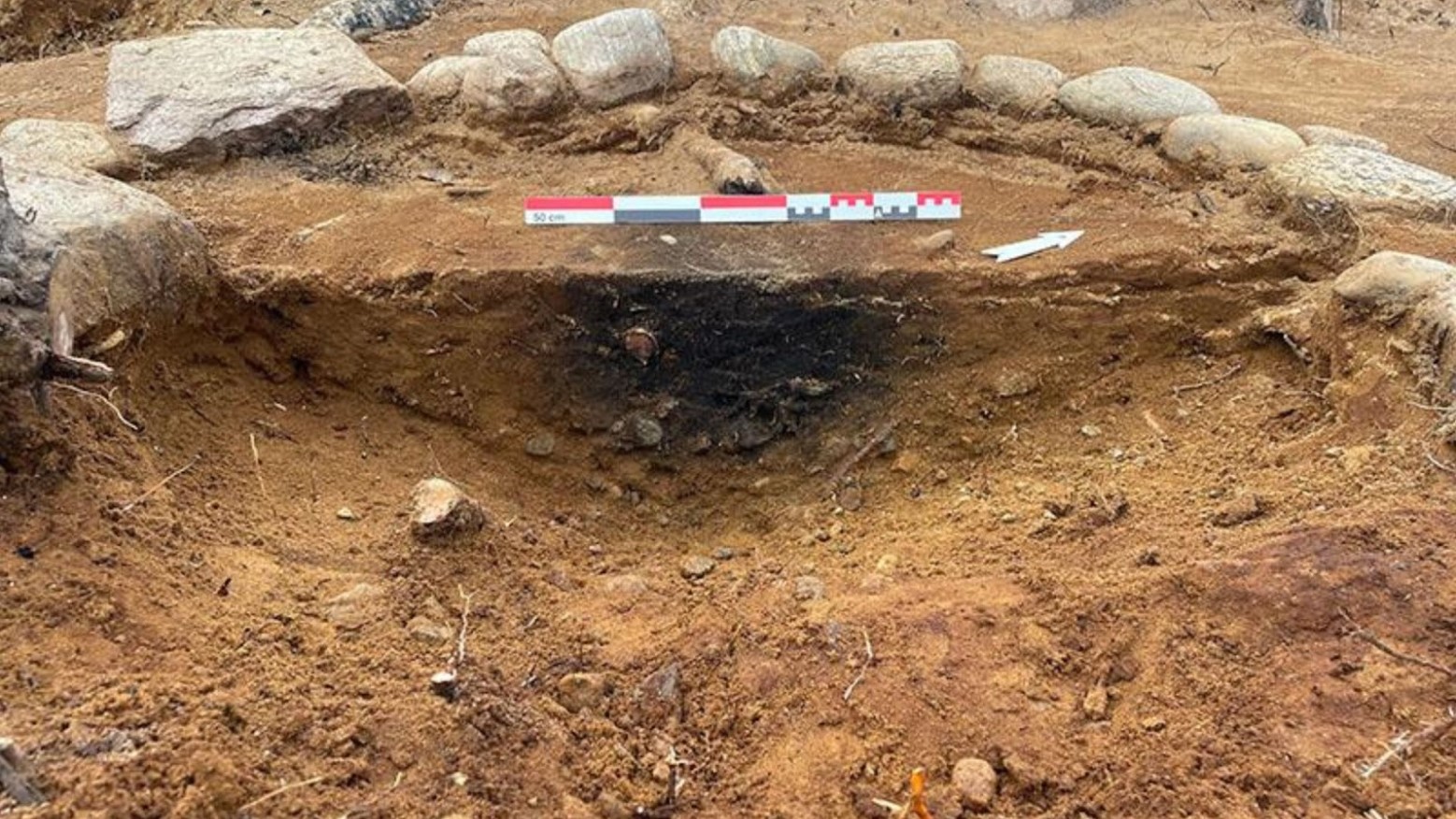
Some of the graves uncovered still contained cremated human remains. This isn’t too unusual. According to Fossum, it was common during the Nordic Bronze and Iron Ages to cremate the dead on pyres and then either bury or scatter any remaining bones.
A flat layer of stones in a wheel or spiral pattern would then very often be built over the cremation site, as seems to be the case with this site.
Unusually Public
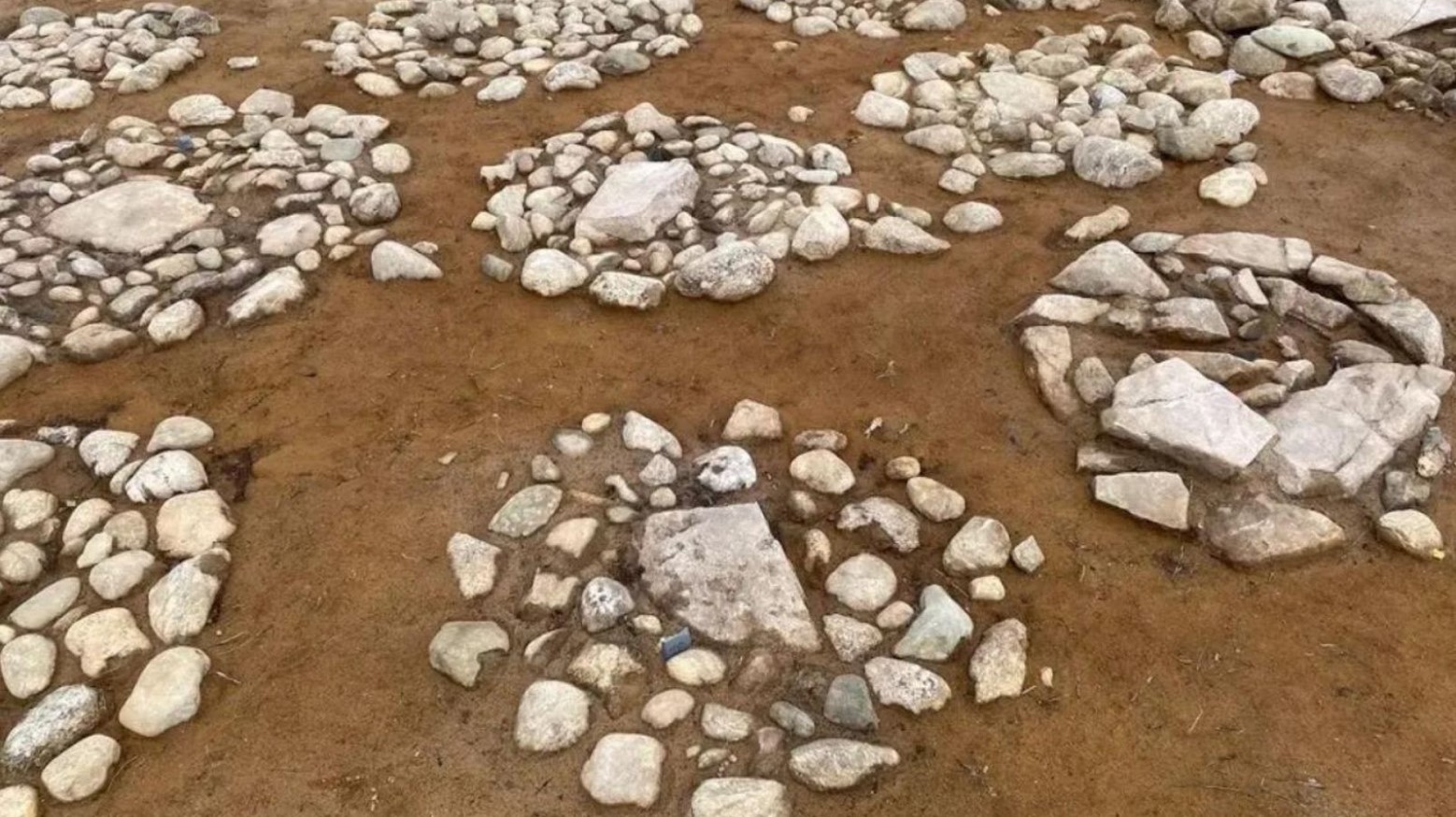
This site at Fredrikstad does have a few unusual features, though. For one, the graves were very close together compared to what one would expect to see, according to Fossum.
She also noted that: “They must have been in an open landscape, with thoroughfares nearby, so everyone would have known about them.”
A Lot of Effort and Attention
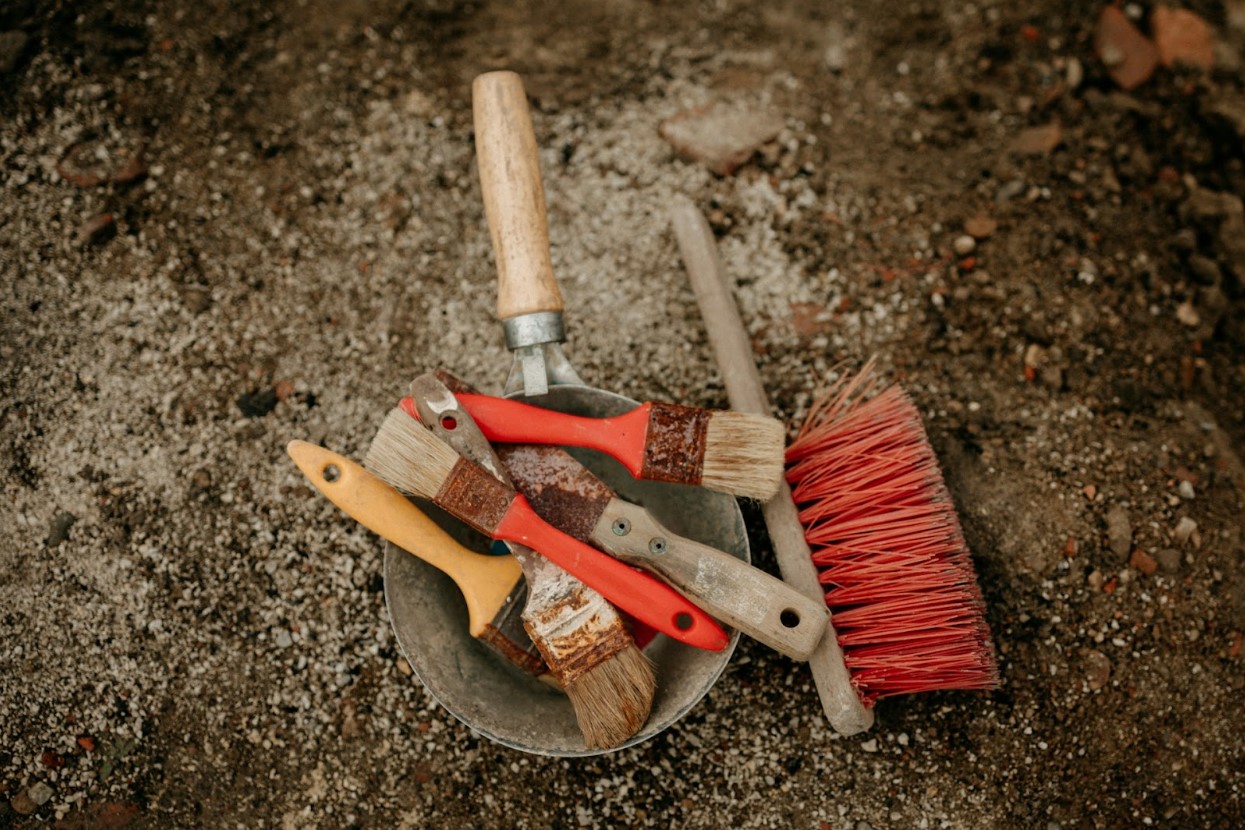
Fossum also elaborates: “Cooking pits and fireplaces around the site suggest that gatherings and ceremonies were held in connection with burials.”
In addition to this, a meticulous level of care and attention appears to have been taken in constructing the graves. “Each stone was sourced from a different location and placed precisely in the formation.” This has led Fossum to wonder why they put in so much effort.
A Dark Secret
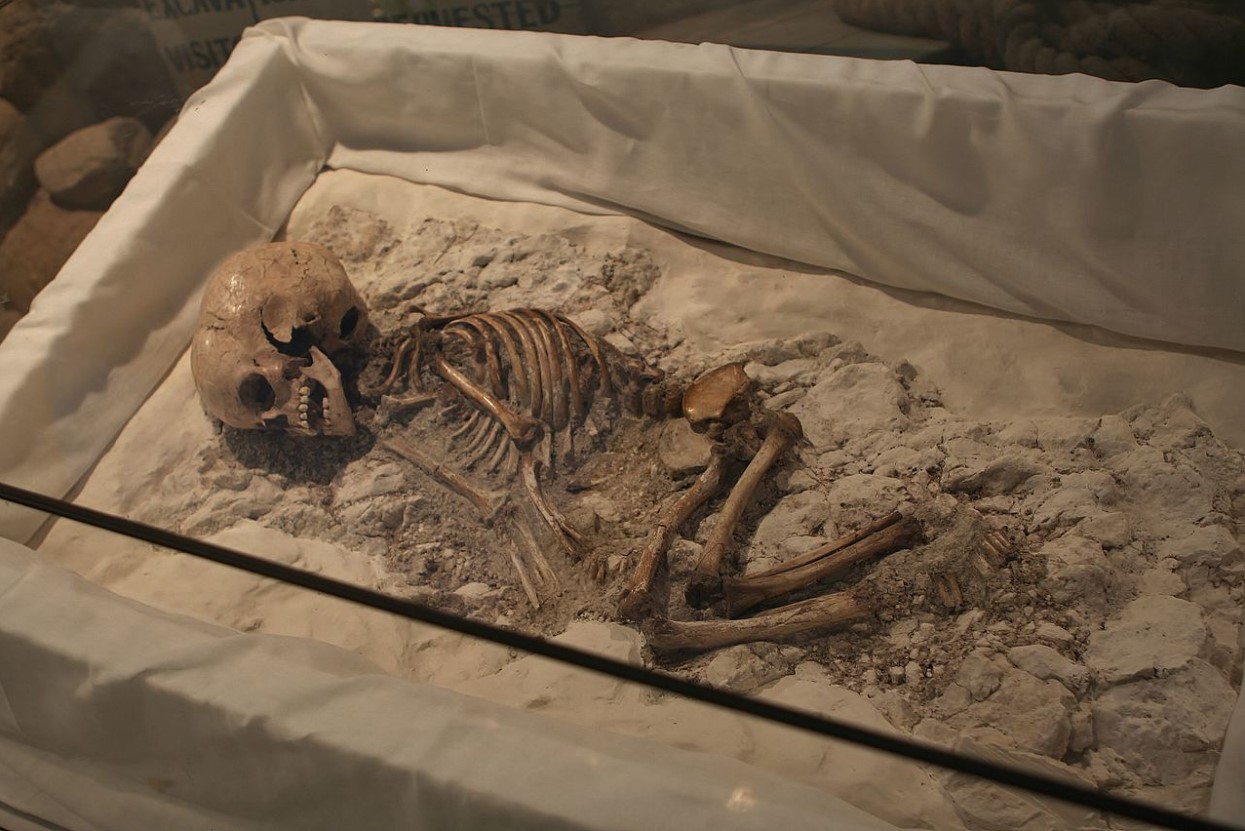
The reason for this unusual level of effort quickly became apparent when the research team discovered the dark truth about the mysterious burial site.
Analysis revealed that almost all of the burials contained the remains of children. Many were infants, and some ranged from three to six years old. “They were small children’s graves,” remarked Fossum. “This was done with so much care.”
Centuries of Burials
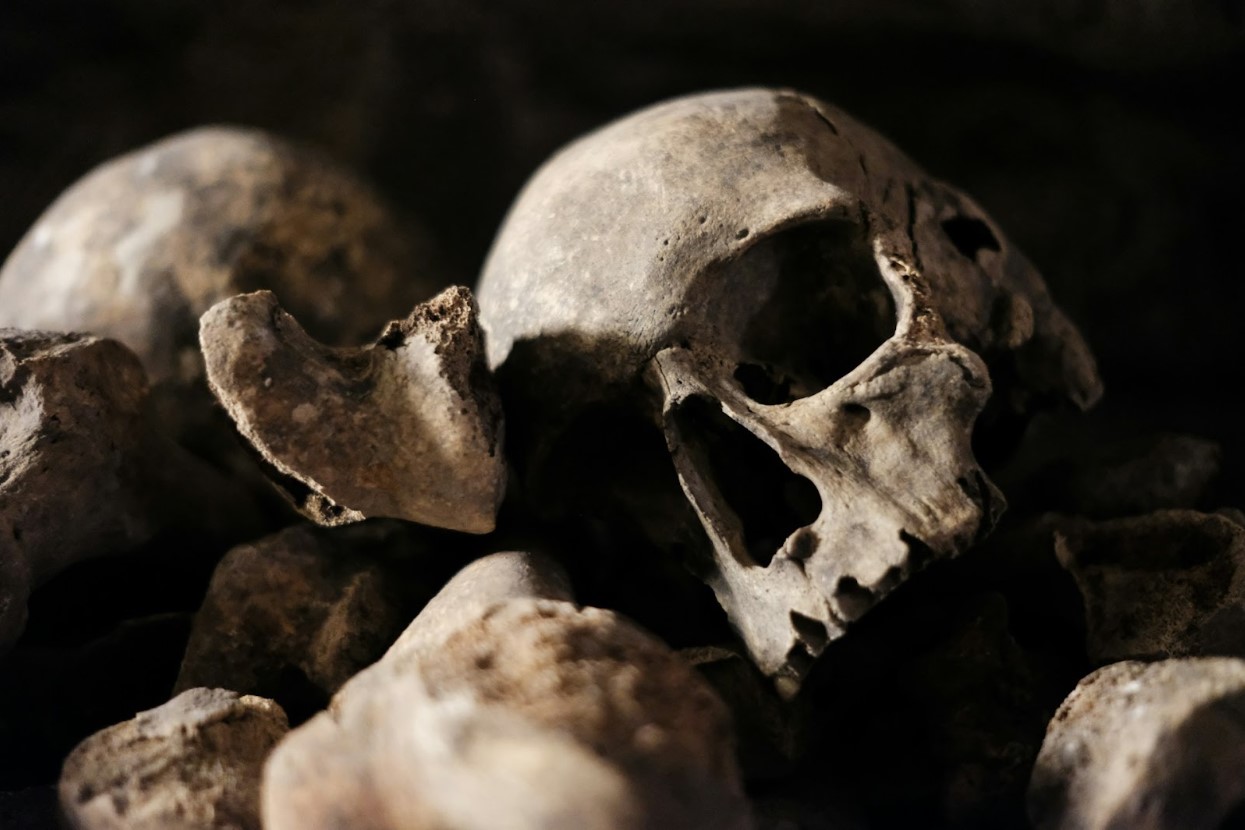
What was more shocking than the simple fact that the graves contained predominantly the remains of children was the fact that these remains were of children who died between 800 and 200 BC.
“The dating show that the burial site was used over a long period, so they couldn’t all have died in the same natural disaster or outbreak of disease or epidemic,” Fossum noted.
A Unique Find
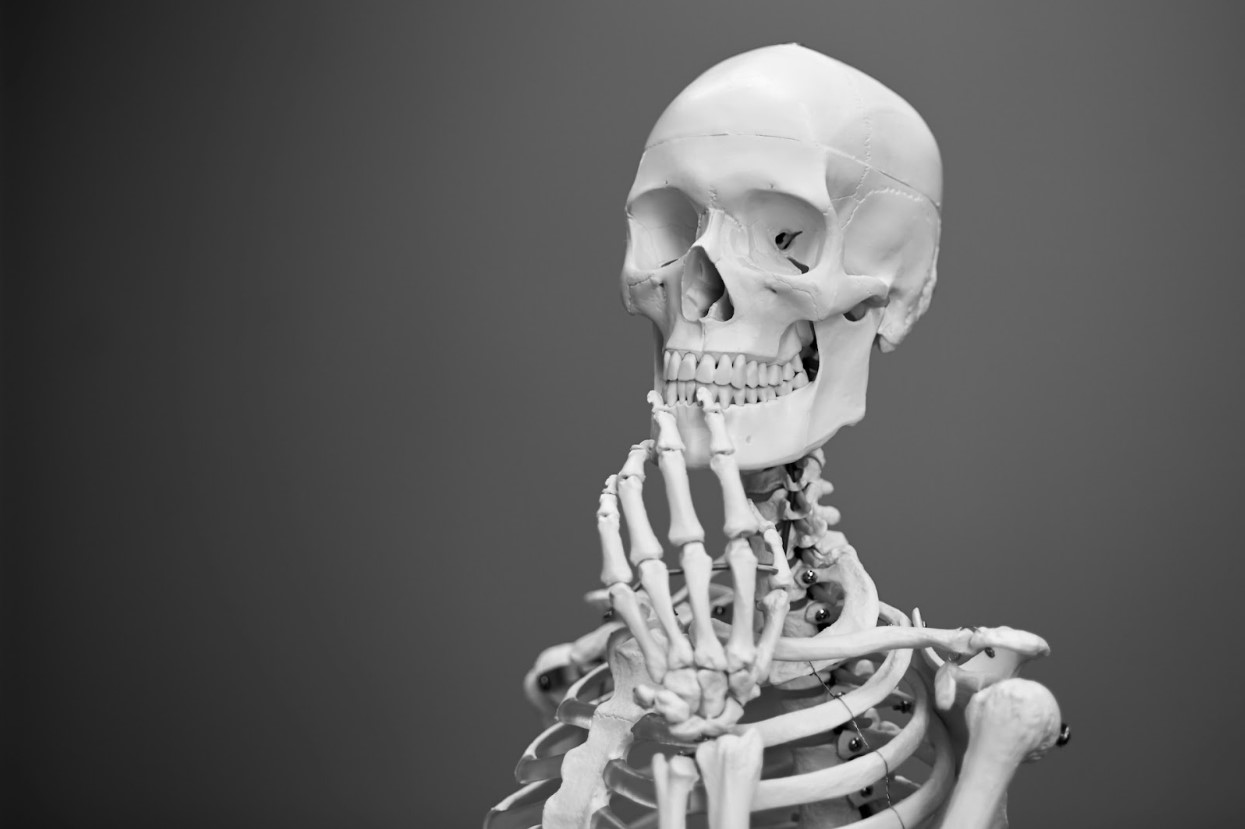
A concentration of ancient graves of children spanning centuries like this is unique in Europe, according to the museum.
The museum also describes how the area around the burial ground was dotted with rock carvings describing voyages and sun worship. The site was clearly a significant one to ancient people, but other than a high rate of infant mortality at the time, experts have no explanation for this collection of children’s graves.
In Memory of the Children
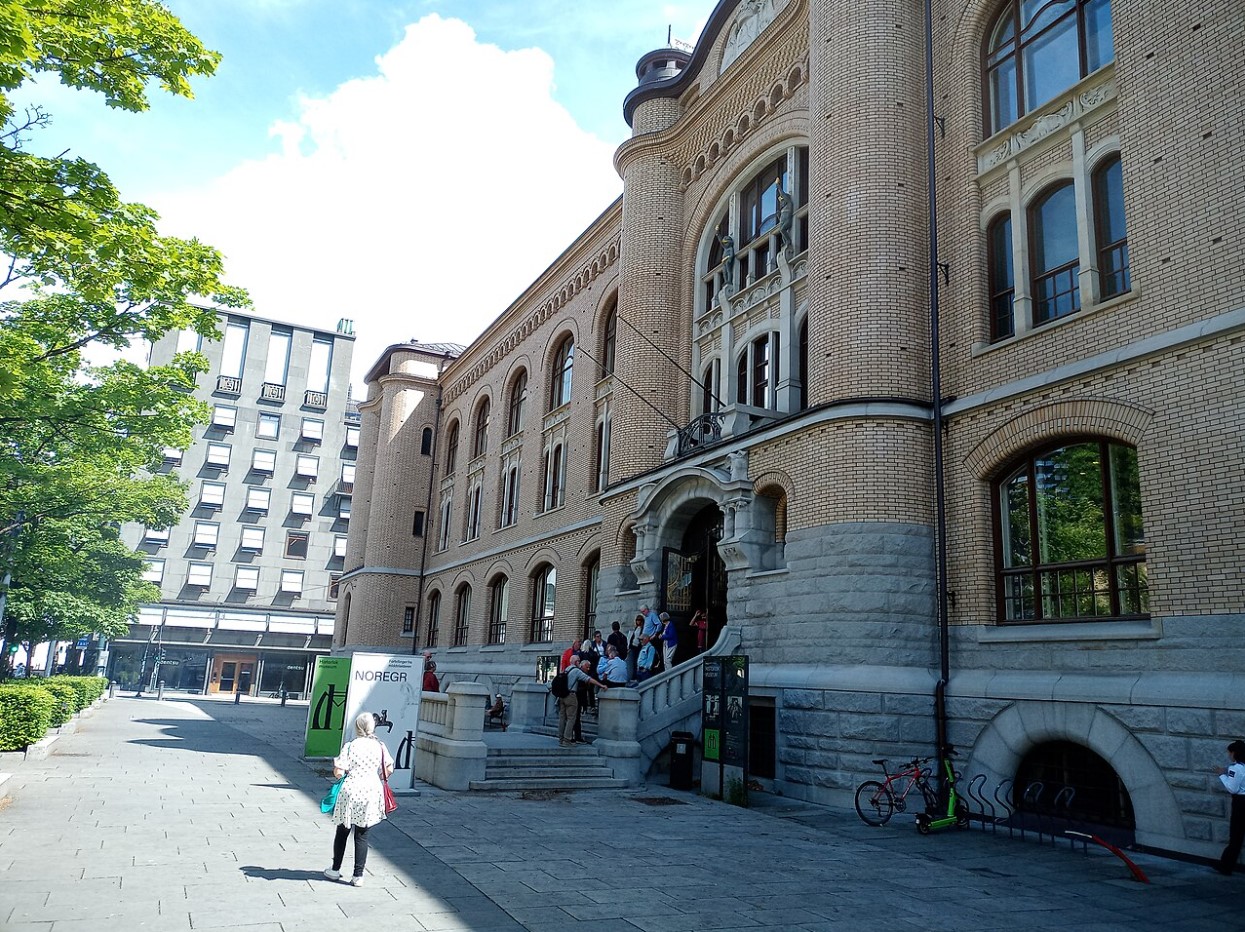
The archaeologists who discovered the burial site took extensive photographs and collected important samples for study before covering their excavations.
The unearthed discoveries won’t be totally buried, though. Some of the stone formations will be featured in an exhibition at the Cultural Museum in Oslo titled “In Memory of the Children.”
A Nordic Mystery

The discovery of an ancient mass grave of children is certainly a chilling one, though what the find really revealed is centuries of careful, respectful burial of the young.
The mystery of the graves has been solved as well as it probably can be, but this excavation still holds many unanswered questions. Researchers will now turn their attention to some of the pottery fragments they unearthed. According to Fossum, “It doesn’t appear that all the vessels were containers for burnt bones; some were placed between the graves, and we are very curious about what was inside them.” The mystery continues.
